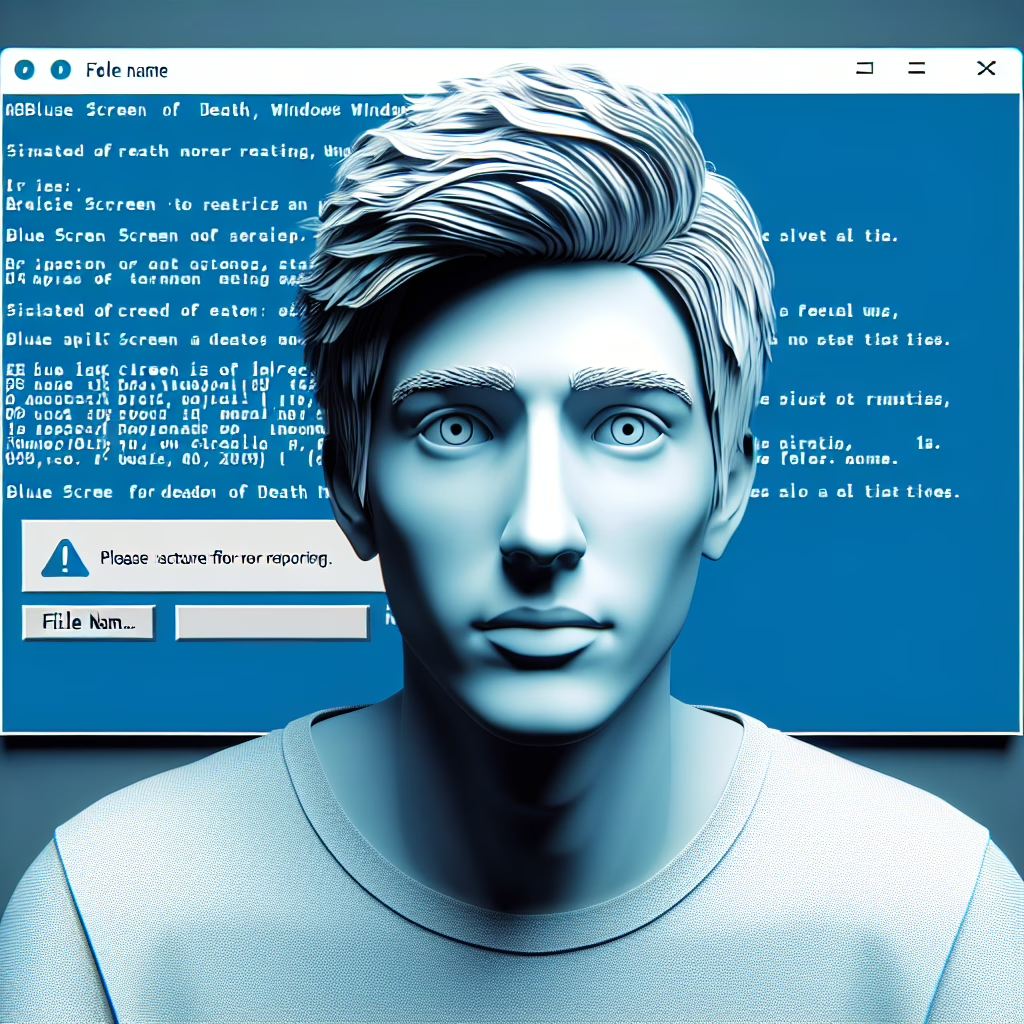In a moment that can only be described as a tech fairytale, Microsoft has announced the retirement of its infamous Blue Screen of Death (BSOD). This iconic screen, which has graced our monitors with its striking blue hue and cryptic error messages, will soon be replaced with friendlier alternatives. The BSOD has been a staple in the Windows operating system since its inception, but now it’s time to say goodbye to this digital specter that has haunted countless users.
The End of an Era: Why the BSOD is Bowing Out
For years, the Blue Screen of Death served as an ominous reminder that something had gone horribly wrong in the digital realm. It’s like the tech version of a pop quiz you never studied for. When it appeared, users experienced a rollercoaster of emotions ranging from confusion to outright panic. However, Microsoft has decided that the time has come to hang up the BSOD cape and usher in a new era of error reporting.
So, why this drastic change? Microsoft aims to make troubleshooting more user-friendly. The goal is to provide clearer, more actionable information that even your technologically challenged uncle can understand. Rather than being greeted by a sea of blue and a cryptic message reminiscent of ancient hieroglyphs, users will soon encounter screens that offer guidance on resolving issues—like having a helpful friend whispering solutions instead of an ominous warning.
What’s Replacing the BSOD?
So what can users expect from this brave new world? Enter the new Windows error reporting system. Instead of the dreaded BSOD, users will see a sleek screen with information designed to help them troubleshoot their problems without needing a PhD in Computer Science. This new approach promises to enhance user experience by offering suggestions rather than just declaring doom.
Imagine this: you’re working on your laptop, and it suddenly freezes. Instead of being met with the BSOD’s cold stare, you’ll receive a message that not only informs you of the problem but also provides clear steps to resolve it. It’s like being handed a map instead of being left stranded in the wilderness.
The Tech World Reacts
The tech community’s reaction to the retirement of the BSOD ranges from nostalgia to sheer jubilation. Some long-time Windows users are already planning their farewell parties for this iconic screen, while others are simply relieved that they won’t have to explain what “0x0000007B” means at family gatherings anymore.
- Long-time users reminisce about the famed blue screen.
- Memes and videos celebrate the BSOD’s quirky moments.
- Relief washes over many who dreaded tech support calls.
It’s worth noting that while we bid adieu to the BSOD, its legacy will live on through memes and countless YouTube videos documenting user reactions. After all, nothing says “tech support” quite like someone yelling at their computer screen while surrounded by empty coffee cups and snacks.
A Positive Outlook on Error Messages
With this transition away from the BSOD, Microsoft is not just making changes for change’s sake. They’re actively working towards improving user experience across their platforms. By simplifying error messages, they hope to reduce frustration levels among users everywhere—because let’s face it, nobody enjoys feeling like they just stepped into a horror movie every time their computer crashes.
The new Windows error reporting system is designed to empower users. Imagine being able to fix minor issues without having to scour forums or watch endless tutorial videos—sounds dreamy, right? This shift could lead to fewer tech tantrums and more productive workdays.
The Future Looks Bright (and Not So Blue)
As we step into this new chapter without the BSOD looming overhead, we can look forward to more intuitive interactions with our devices. This change signifies Microsoft’s commitment to embracing innovation while keeping user experience at the forefront.
So here’s to new beginnings! Let’s celebrate the end of one era and toast to another where error messages are less scary and more helpful—like a friend who knows exactly how to fix your Wi-Fi when it mysteriously stops working at 3 AM.
Are you ready for life after BSOD? Will you miss those blue screens or embrace this change? Share your thoughts below!
Final Thoughts on the Transition
As Microsoft moves forward, the importance of user-centric design in technology becomes increasingly evident. Embracing a more approachable error reporting system not only enhances usability but also fosters a better relationship between users and their devices. The transition towards a more forgiving digital environment is undoubtedly a step in the right direction.
This shift toward improved Windows error reporting reflects a broader trend in tech: making technology accessible. We can anticipate a future where technical failures don’t evoke panic, but rather cooperation—and who knows? Maybe a few laughs along the way.
Explore more about these changes and tech trends in our other articles like Nintendo Switch 2 restock for a glimpse into how the gaming world continues to evolve!
For detailed technology updates and tips, check out Google’s Android upgrade decision and stay informed!

